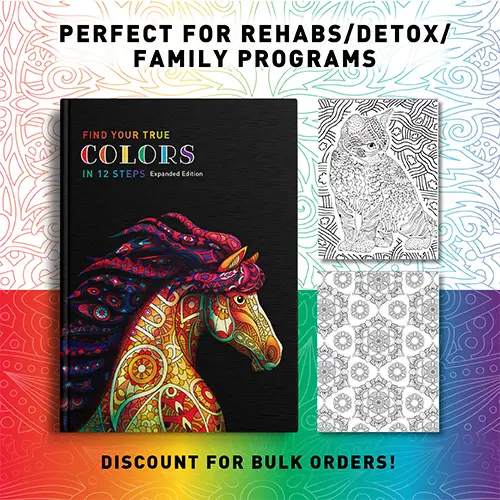Addiction and recovery definitions are constantly evolving with new recovery research and an ongoing effort to normalize a disease that has been stigmatized and punished worldwide instead of treated. In fact, Substance Use Disorder (the new term for addiction) is the only chronic, progressive and relapsing disease that has been allowed to proliferate instead of being treated.
Addiction is a primary, chronic, neurobiologic disease with genetic, psychosocial, & environmental factors influencing its development & manifestations. Recovery Research Institute
With the addiction crisis worsening and the urgency to find solutions increasing, lifting the stigma has become a priority. One way to normalize a disease that affects everyone is to modify the terms surrounding both the disease and recovery. Here are Recovery Answers top ten definitions for 2018.
ABUSER
(stigma alert) A person who exhibits impaired control over engaging in substance use (or other reward-seeking behavior, such as gambling) despite suffering often severe harms caused by such activity.
The word “abuser” was found in research to increase stigma, which can affect quality of care and act as a barrier to treatment seeking in individuals suffering from addiction. Instead, many have recommended the use of ; instead of describing someone as a “drug abuser” to describe them as “a person with, or suffering from, addiction or substance use disorder.”
(Kelly, Saitz, Wakeman, 2016; Kelly and Westerhoff, 2010; Kelly et al, 2010)
ACUTE CARE
Acute Care refers to immediate, short term medically managed, or monitored care. Acute care may last up to 31 days. Most addiction (SUD) treatment programs (e.g. rehab) follow an acute care model. Understanding SUD to be a chronic illness, recovery may require ongoing, continuing care for many years beyond acute treatment episodes.
CONTINUING CARE
Continuing care refers to the kind of ongoing care that patients suffering from chronic, incapacitating illness ,or disease, will need for successful recovery. Understanding SUD to be a chronic illness, continuing care and ongoing recovery management are required rather than acute care or treatment delivered in isolated episodes.
CO-OCCURRING DISORDERS
Co-occurring disorders describes patients with both mental illness and substance use disorder. Personality disorder may also co-exist with psychiatric illness and/or substance use disorders. Also known as comorbidity or dual diagnosis.
EVIDENCE-BASED PRACTICE (EBP)
Patient care informed through the integration of clinical expertise and best available clinical evidence from systematic research.
FENTANYL
A potent opioid used to treat chronic pain. According to the U.S. Centers for Disease Control and Prevention, Fentanyl is 80 times more potent than morphine and hundreds of times more powerful than heroin. Fentanyl is now often used as an additive to heroin, cocaine, marijuana and fake prescription medicines.
RELAPSE
(stigma alert) Relapse often indicates a recurrence of substance use. More technically, it would indicate the recurrence and reinstatement of a substance use disorder and would require an individual to be in remission prior to the occurrence of a relapse.
The highest risk for recurrence of substance use disorder symptoms occurs during the first 90 days following the initial intervention. The risk for recurrence of symptoms decreases after 90 days. This indicates that individuals attempting to recover from substance use disorder need the most intensive support during this first 3-month period, as individuals are experiencing substantial physiological, psychological, and social changes during this early recovery phase. There is typically a greater sensitivity to stress that makes continued recovery challenging.
This term has a stigma alert, as it implies moral failure. Instead use morally neutral terms such as “resumed,” or experienced a “recurrence” of symptoms.
(Hubbard et al., 1997; Hunt et al., 1971; White, 2010)
REMISSION
An individual is in remission if they once met DSM-IV criteria for a substance use disorder, but no longer meet the criteria and or have not met this criteria within one year. Remission for substance use disorder occurs at 5 years, at which the likelihood of relapse is no greater than that of the general population.
RECOVERY CAPITAL
The resources (social, physical, human and cultural), which are necessary to begin and maintain recovery from substance use disorder.
(Best & Laudet, 2010; Cloud & Granfield, 2008)
RECOVERY COACH
Typically a non-clinical peer support specialist or “peer mentor” operating within a community organization (e.g., a Recovery Community Center) or a clinical organization (e.g., treatment program or hospital) and can therefore be a paid or volunteer position. Recovery coaches are most often in recovery themselves and therefore offer the lived experience of active addiction and successful recovery. They focus on helping individuals to set and achieve goals important to recovery. They do not offer primary treatment for addiction, do not diagnose, and generally, are not associated with any particular method or means of recovery.





















